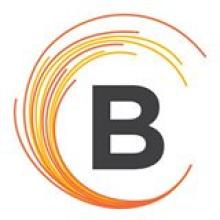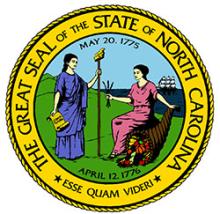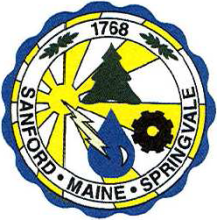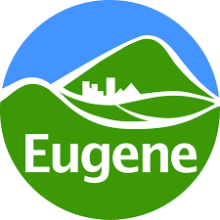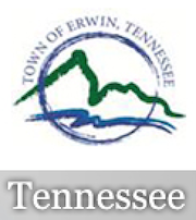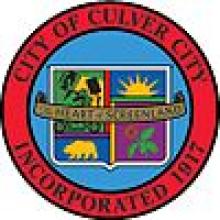Transcript: Community Broadband Bits Episode 225
This is episode 225 of the Community Broadband Bits. Representatives of Midwest Energy Cooperative discuss their project to bring high-speed connectivity to rural southwest Michigan. Listen to this episode here.
Dave Allen: I really see this as a re-lighting of rural America.
Lisa Gonzalez: This is episode 225 of the Community Broadband Bits podcast, from the Institute for Local Self-Reliance. I'm Lisa Gonzalez. There's a project taking shape in rural southwest Michigan and the nearby regions of Indiana and Ohio. It's headed up by the Midwest Energy Cooperative. At the recent Broadband Communities Economic Development Conference in Minneapolis, Chris ran into Bob Hance, President and CEO of the cooperative, and Dave Allen, the cooperative's Vice President of Regulatory Compliance. Naturally, we wanted to hear more about their project and share the details with you. They provide some history and how access to high quality connectivity has positively impacted a number of their rural members. Chris, Bob, and Dave also have some interesting thoughts on federal funding programs, project standards, and the different rules for cooperatives and big corporate providers. Learn more about the project at teamfiber.com, where you can also discover more about the cooperative. Now you may notice some background noise. We apologize in advance. While we advocate for local choice and access to technology, sometimes technology is just not on our side. We had a little trouble with the mic that day. Also, Chris is suffering from allergies, and until winter sets in, he may sound a little like the late Howard Cosell, but never fear, it is our Christopher. Now, here with Chris are Bob Hance, President and CEO, and Dave Allen, Vice President of Regulatory Compliance for Midwest Energy Cooperative.
Christopher Mitchell: Welcome to another edition of the Community Broadband Bits podcast. I'm Chris Mitchell. Today, I'm speaking with two folks from Michigan. Bob Hance, the President and CEO of Midwest Energy Cooperative. Welcome to the show.
Bob Hance: Thank you.
Christopher Mitchell: And Dave Allen, the Vice President of Regulatory Compliance for the Cooperative. Welcome to the show.




